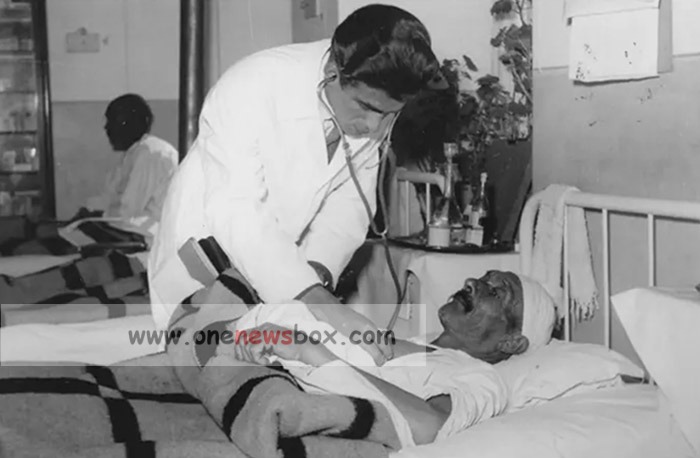Medical Career and Psychiatry
Saedi’s background as a physician and psychiatrist profoundly influenced his literary work. After completing his medical education in Tehran, he specialized in psychiatry and worked at Roozbeh Mental Hospital, one of Iran’s leading psychiatric institutions. He also maintained a private practice on Delgosha Street in Tehran, where he treated patients without charging fees, earning him widespread respect.
His experiences as a psychiatrist deepened his understanding of the human psyche, and this insight is evident in his works. Saedi once described his office as a gathering place for intellectuals and artists, including luminaries like Jalal Al-e-Ahmad, Ahmad Shamloo, and Sirous Tahbaz. This intellectual milieu not only enriched his creative output but also positioned him as a central figure in Iran’s cultural landscape.
Political Activism and Exile
Saedi’s political beliefs were inextricably linked to his artistic endeavors. A staunch opponent of the Pahlavi regime, he supported the 1979 Iranian Revolution, hoping it would bring about greater freedom and social justice. However, the subsequent wave of repression under the Islamic Republic disillusioned him. As a leftist intellectual, Saedi found himself increasingly marginalized and targeted by the new government.

